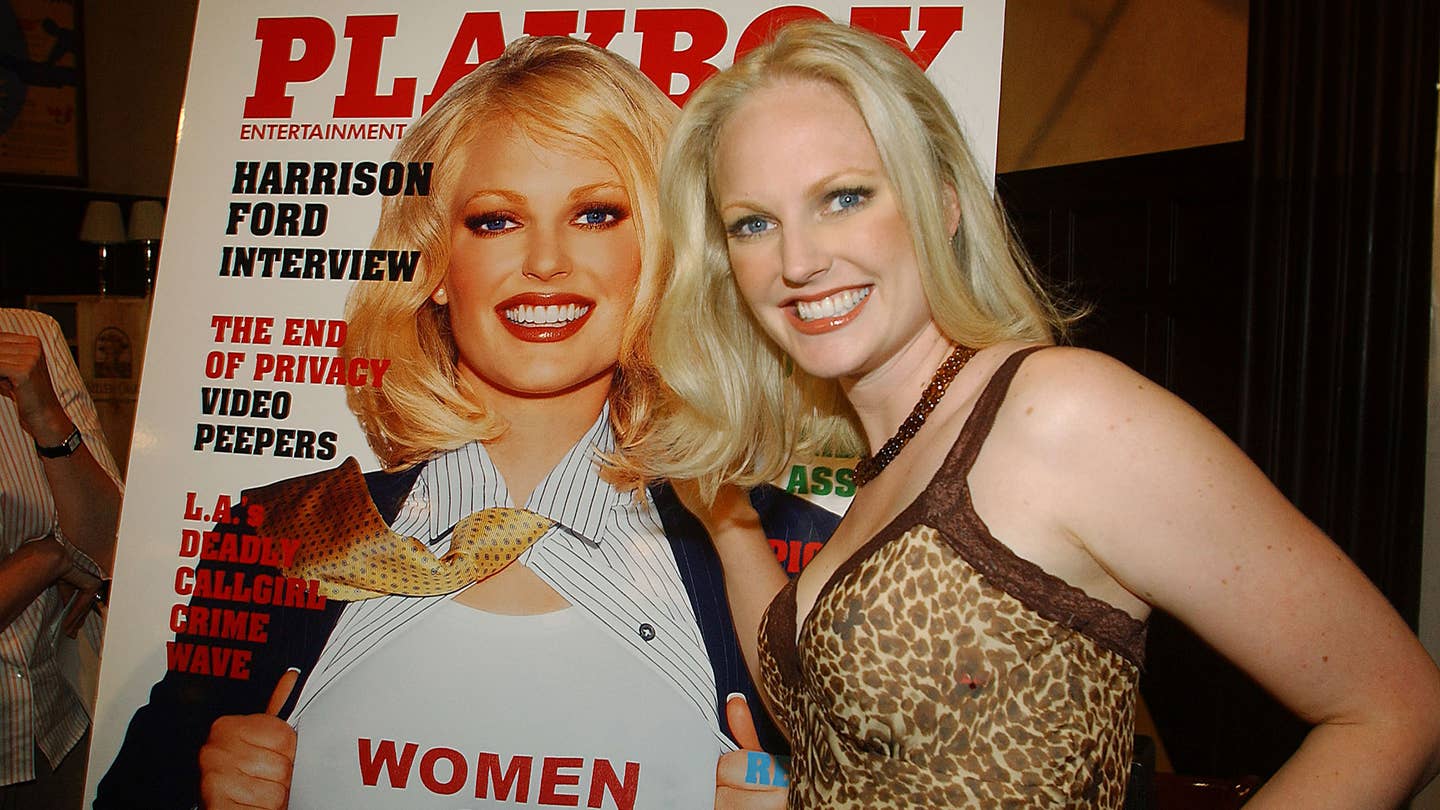The 10 Nastiest Corporate Cheats of the 21st Century
Mitsubishi and Volkswagen are in very good bad company.

Woe unto the boardroom’s pure hearts. Increasingly, to do business today at a certain elite level is to flirt or outright fuck with malfeasance, insider trading, doping, emissions controls, air quality, water tables...hell, stealing anything that’s not nailed down. If there’s something to game, there’s someone with a blinkered profit motive ready to try it. The latest reminder came this week from Mitsubishi, which admitted to improperly rating the fuel efficiency of select ultracompact models sold in Japan. For 25 years.
Consequences of being nabbed can be dire. Witness the multibillion-dollar settlement staring Volkswagen (and its shareholders) in the face thanks to the company's manipulation of emissions software, or the 50-percent stock slide suffered by Mitsubishi in the wake of its scandal. But like the illegal drug trade, for every El Chapo that’s taken down, a competitor is always happy to step in and reap some ill-gotten gains for themselves.
Does that make you a little upset? Maybe a tad cynical? Well, your face’s indignation muscles are just warming up. Herewith, 10 of the most dastardly, heartless, brazen corporate cheats of the 21st century—at least that we, the public, have been made aware of.
Enron (2002)
Playboy’s “The Women of Enron” feature might’ve been the only welcome outgrowth of what was, at its time, the largest corporate fraud ever committed in America. When the Houston-based energy conglomerate was found guilty of fraud along with its accounting firm Arthur Andersen, investor portfolios were decimated as Enron stock went from $90 per share to under $1. How ‘bout them Oilers?
UBS (2015)
When the benchmark “Libor” currency exchange rate was found to have been manipulated by international banks and traders, UBS—which had come in for fines in the wake of the Great Recession bank shakedown—was dinged for being the biggest bad actor. So dirty was UBS by 2015 that its case against Russian billionaire oligarch Igor Olenicoff for malicious prosecution fell apart because the Swiss bank was deemed too dirty to sue dirty people. That’s proper dirty.
Volkswagen (2015)
If you don’t know, now you know.
Dole (2007)
Using heightened levels of a dangerous pesticide to kill worms on your banana crops might ensure the tasty yellow goods get to market unblemished. It might also make your field workers sterile. The resulting lawsuit, in which a multinational corporation was held accountable for harming workers where it did business, is considered a litigation landmark. The initial judge’s finding in favor of the workers, however, was later overturned.
Parmalat (2003)
Those lovely Euro yogurts, sold in quaint little glass jars with fruit on the bottom, tasted a little off in 2003, when as much as $14 billion of Italian dairy giant Parmalat’s equity was found to be…nowhere. Was it hiding out in the Caymans? Nope. In Panama City? Uh-uh. It simply didn't exist. The resulting inquiry claimed the CEO’s head for misappropriation of funds, but billions remain unaccounted for.
Major League Baseball (2007)
Did baseball cheat, or did its players? It’s an intractable case of chicken and egg. With Sammy Sosa, Mark McGwire, Barry Bonds, and many others suspiciously smacking the stitches off of Spaldings in the late Nineties and early Aughts, baseball looked blithely the other way, as the damning Mitchell Report of 2007 noted. The so-called Steroid Era remains a bitterly argued subject among fans and players alike.
MCI/WorldCom (2002)
Investors loved the pindrop-crisp sound of WorldCom’s quarterly earnings conference calls. The telecom giant, worth as much as $100 billion at the dawn of the millennium, had actually built those earnings out of dead air. Its resulting bankruptcy ranks among the largest in U.S. history.
General Electric (2008-2013)
GE has been almost as innovative at avoiding U.S. tax bills as it has been in developing next-generation energy solutions. With a tax department numbering 1,000 employees, the corporation masterfully shifts and shuffles assets and earnings to lower its tax rate. Granted, private individuals do this all the time, but the sheer scale of GE’s operation deprives the Treasury of billions every year. Truly, imagination at work.
Satyam (2009)
The CEO of the Internet-services consultancy, based in Hyderabad, India, inflated the company’s books to the tune of $1.5 billion, resulting in the subcontinent’s biggest fraud case. Tech Mahindra, which recently acquired Pininfarina, picked up and absorbed Satyam in 2009.
Mitsubishi (2016)
The numbers haven’t shaken out yet, but any financial penalties sought by Japan for Mitsubishi’s emissions admissions will likely be dwarfed by the conglomerate’s loss of equity. Silver linings? Its tuna trade should be unaffected.
